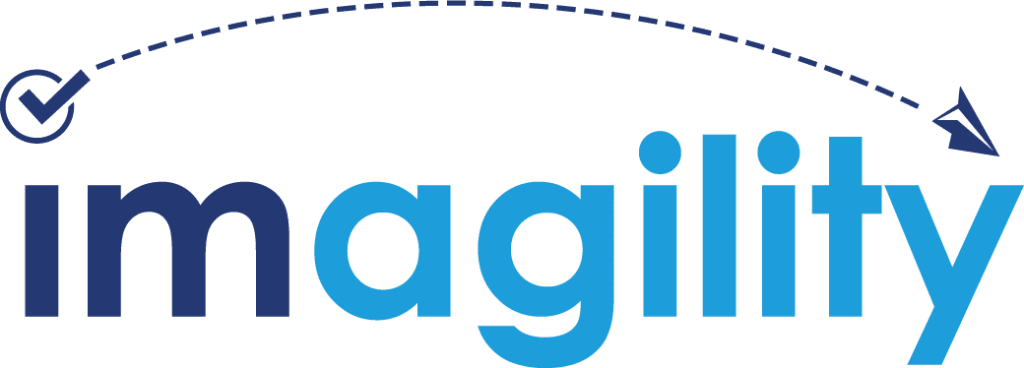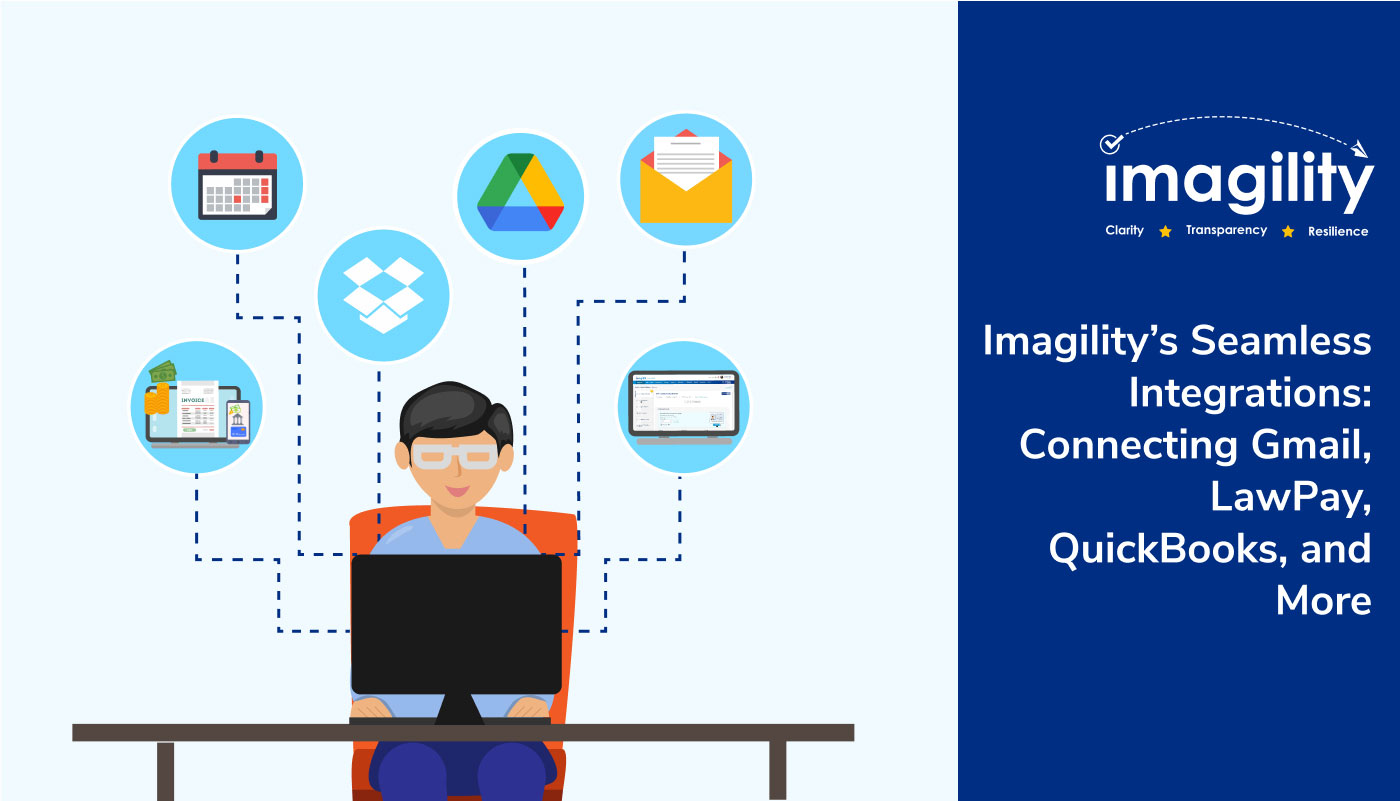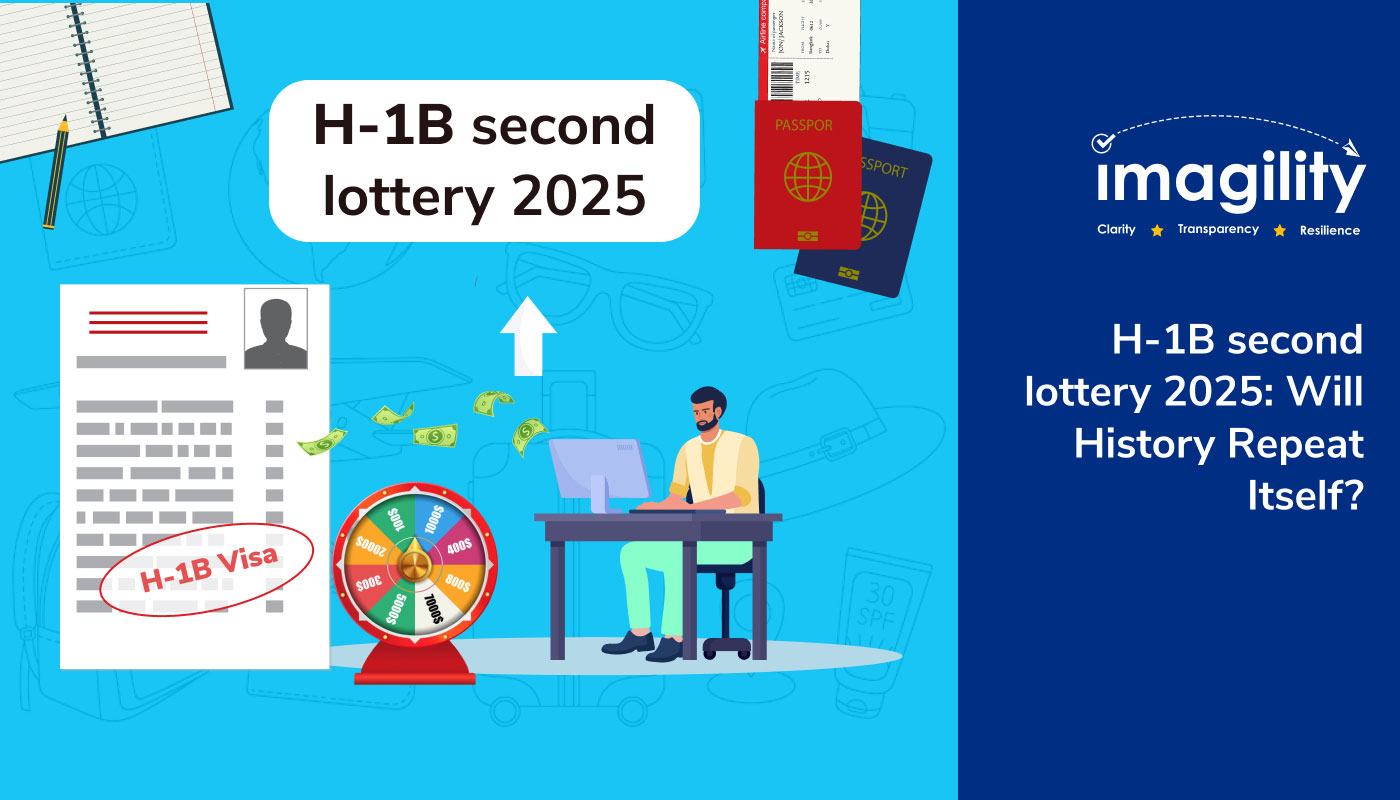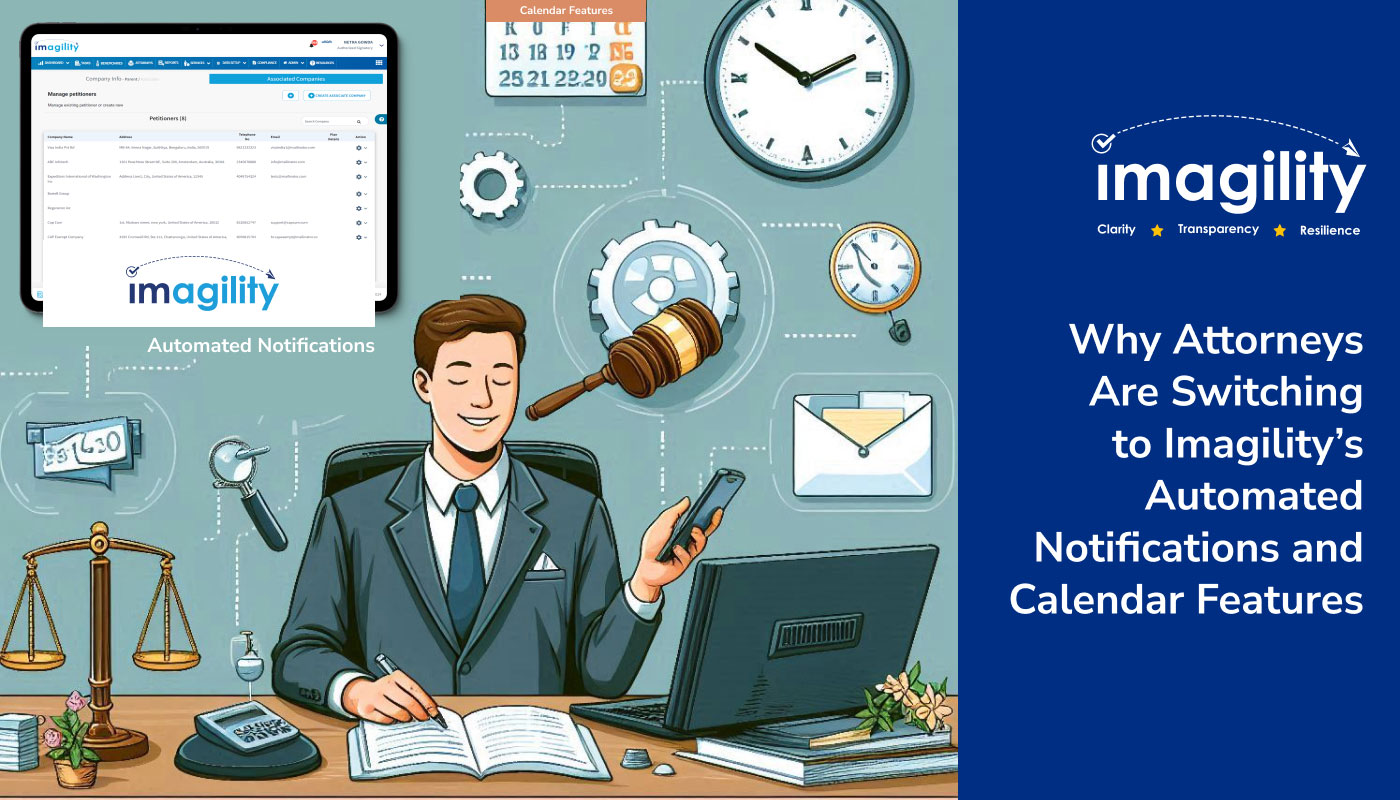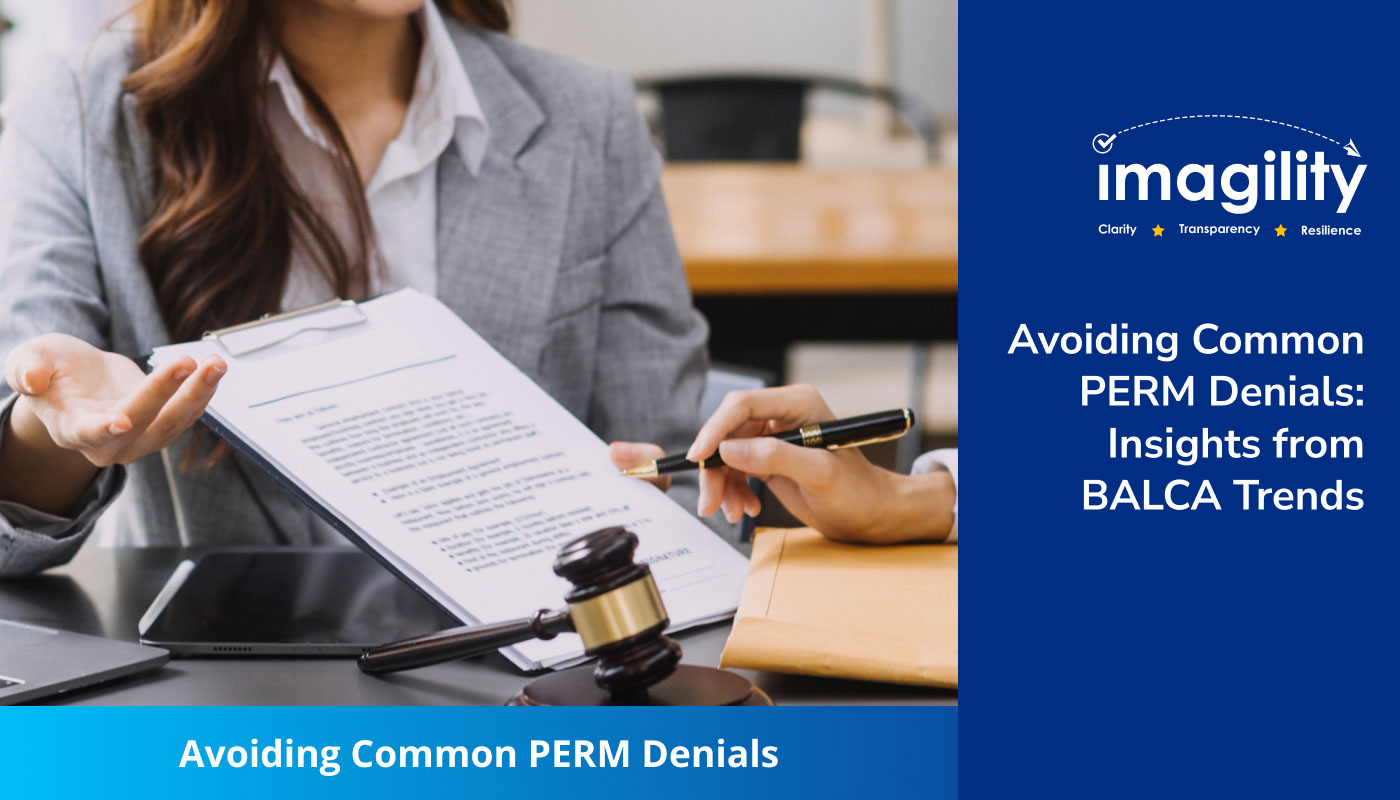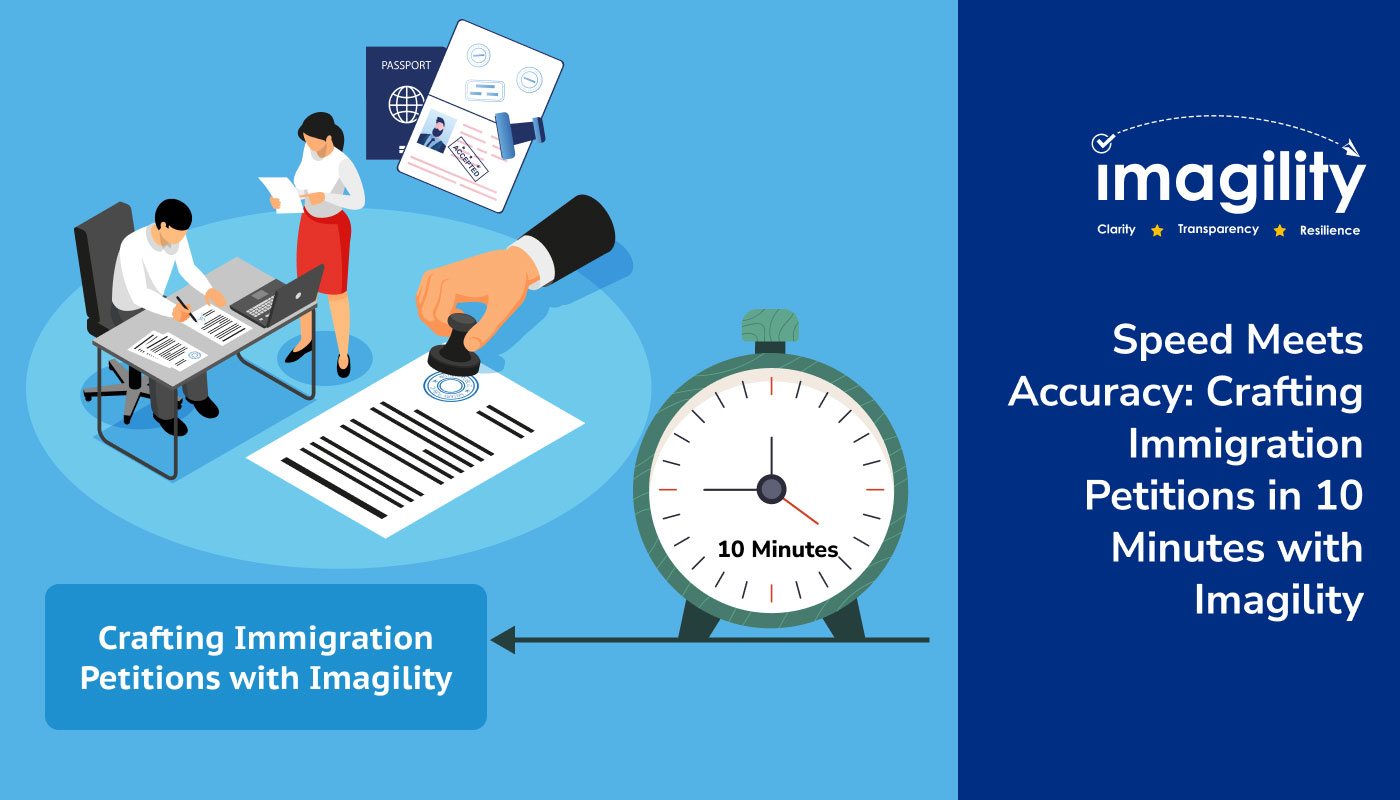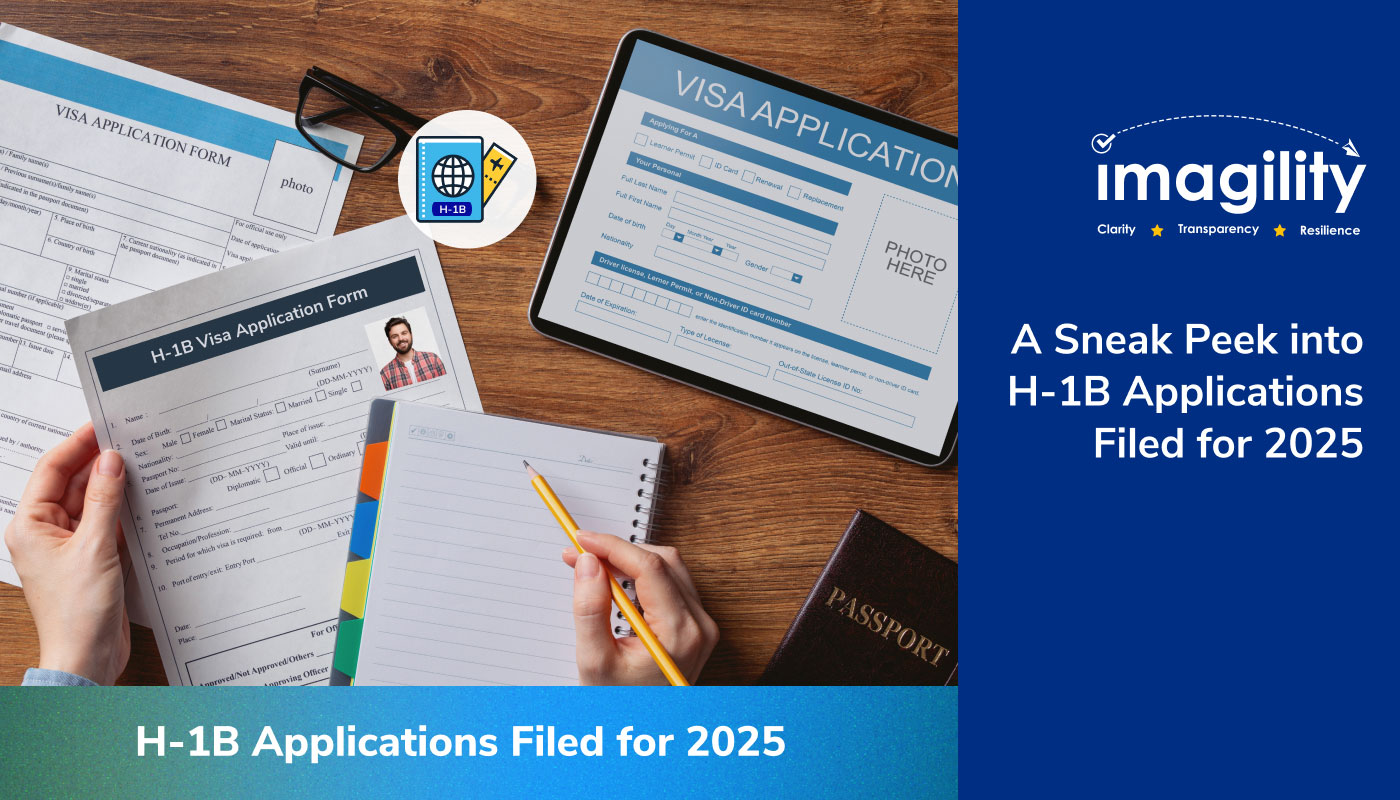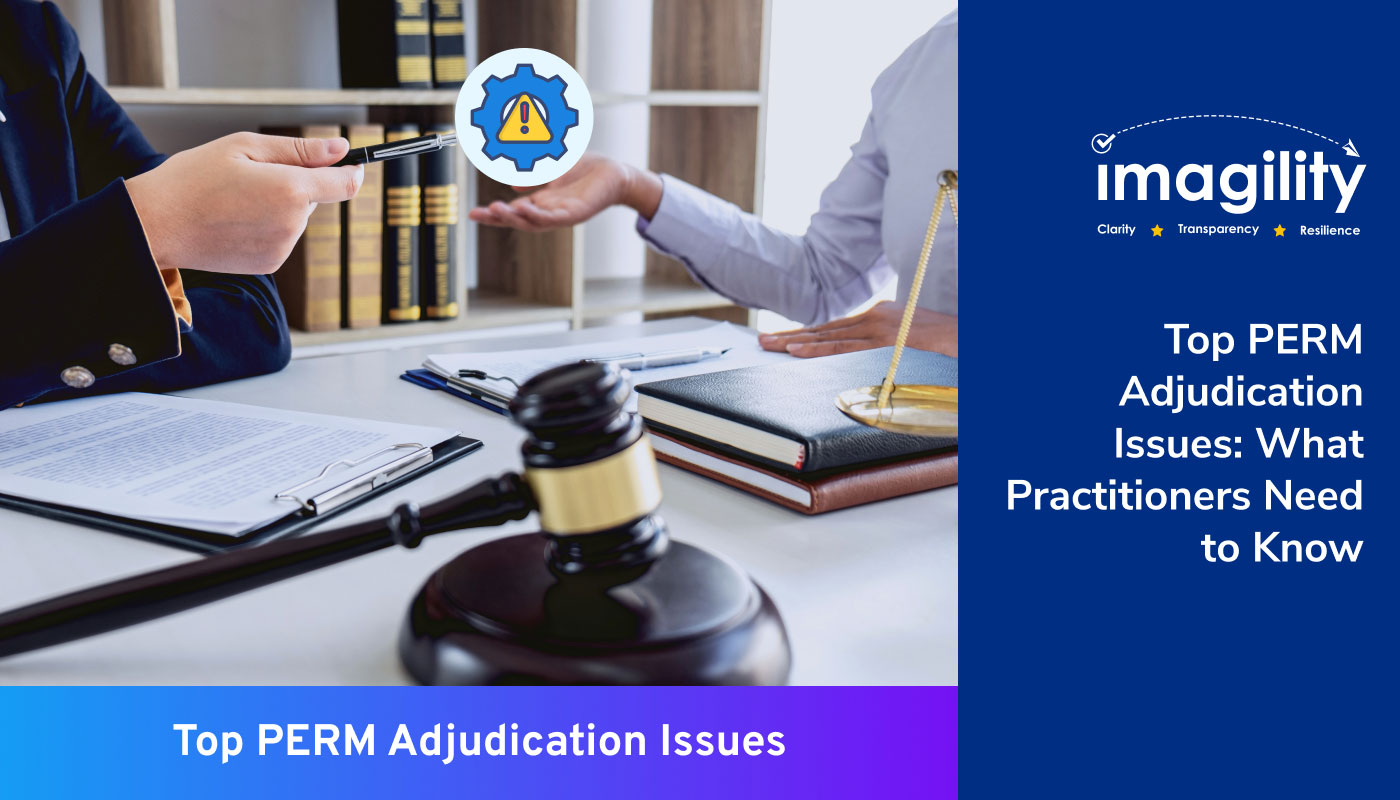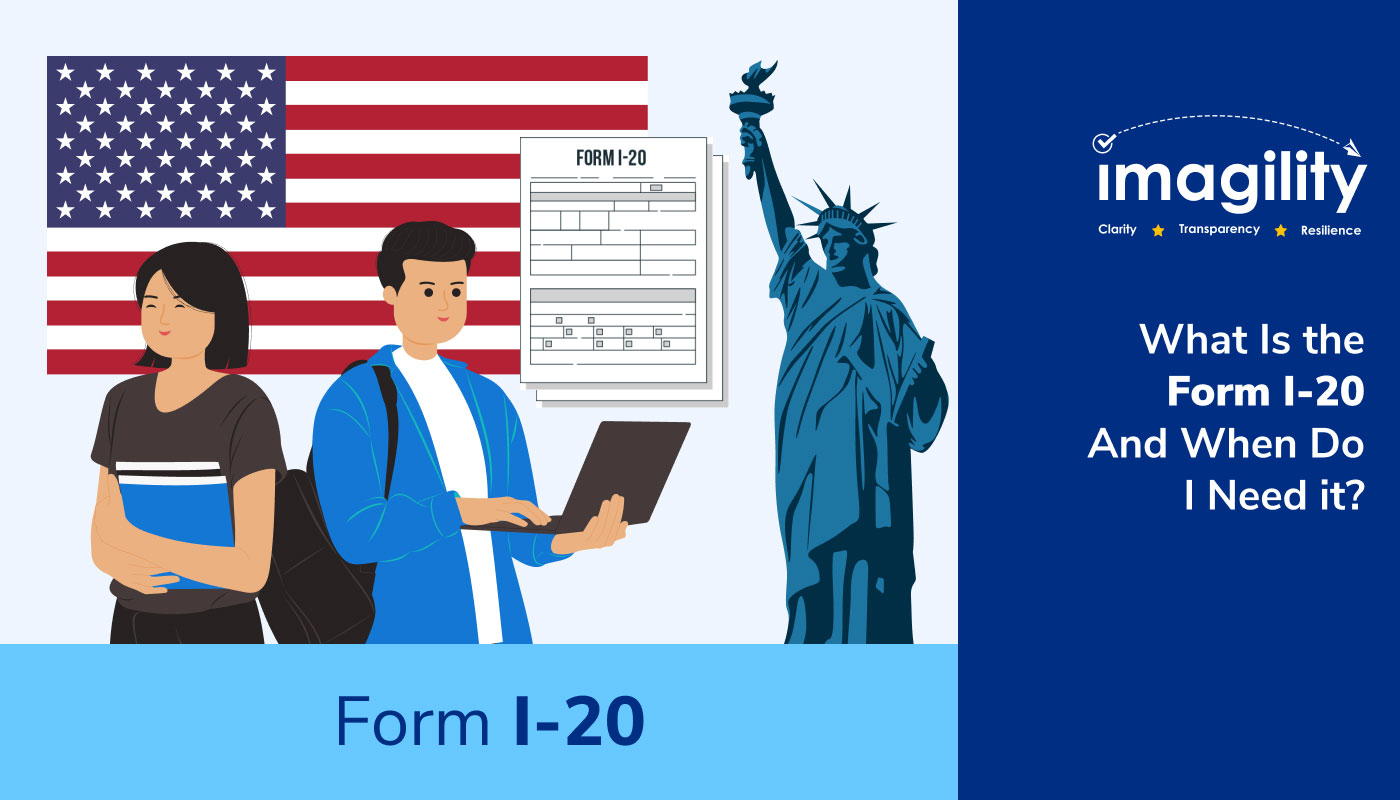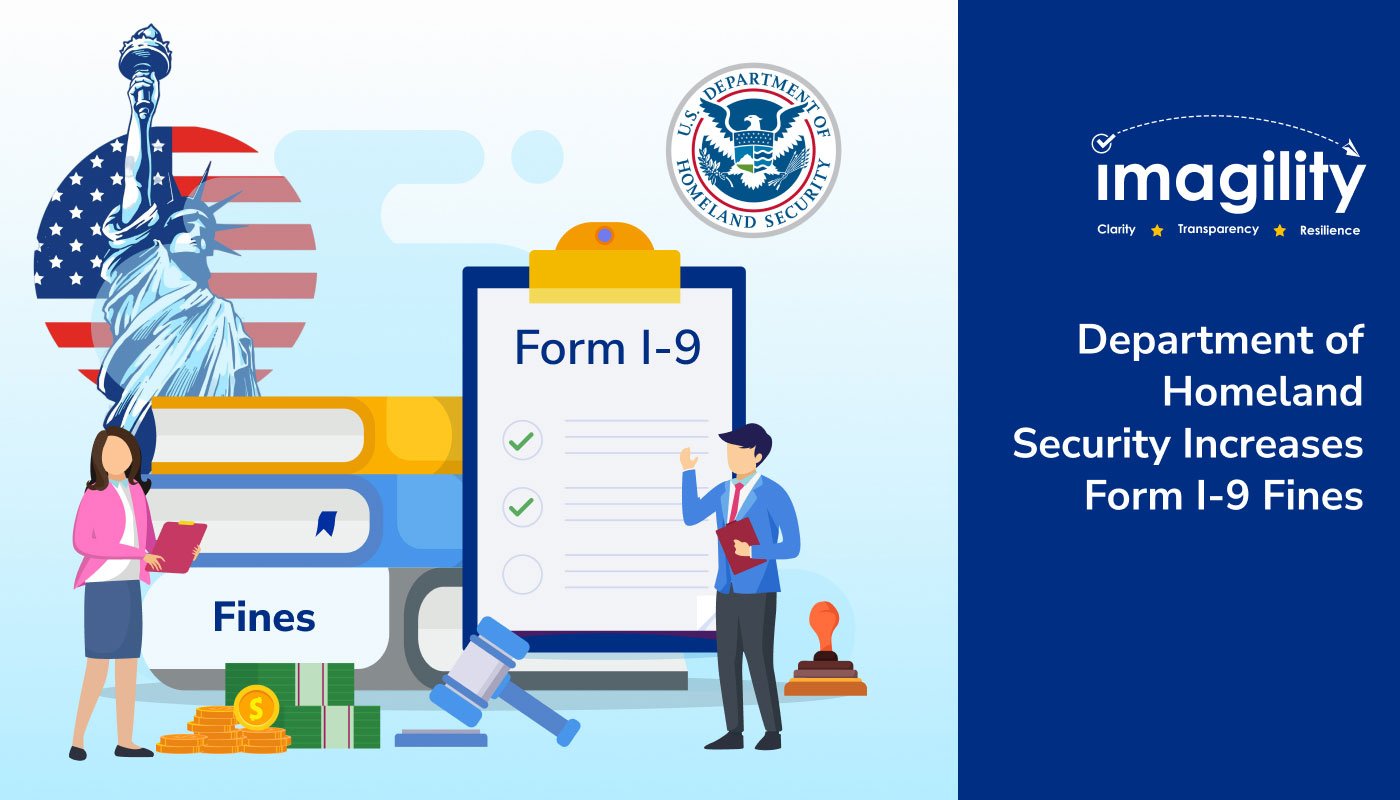Table of Contents
What is H1B?
What is EAD?
Key Differences between H1B and EAD
Which One Should You Choose?
Are you looking to work in the United States and trying to decide between the H1B visa and EAD (work authorization document)? Understanding the differences between the two is important to make an informed decision. An H1B visa is a non-immigrant work visa that allows foreign professionals to work in the USA for specialty occupation jobs, whereas EAD is a document that permits a person to work in the USA who is already on any non-immigrant visa (asylum visa, family-based visa, or spouse visa) in the USA.
We have explained the key differences between the H1B visa and EAD in this blog. This could give you more clarity to make appropriate decisions. Keep reading to learn more!
What is H1B?
H1B is typically a non-immigrant visa that allows US employers to hire foreign workers in specialty occupations. A specialty occupation is a job category that requires specialized knowledge and a bachelor’s degree or higher in a related field. Some examples of specialty occupations include software developers, engineers, scientists, and mathematicians.
To obtain an H1B visa, the employer must sponsor the foreign worker and file a petition with the USCIS. The employer must prove that the foreign worker has the necessary education, training, and experience to perform the job and that they will be paid the prevailing wage for the position.
H1B visa is primarily valid for three years and can be extended up to a maximum of six years. After six years on an H1B visa, the foreign national must either leave the US or apply for permanent residency.
One of the advantages of the H1B visa is that it allows foreign workers to bring their spouses and children to the United States on a spouse visa. The spouse can also apply for a work authorization called the H4 EAD.
What is EAD?
EAD, also known as Employment Authorization Document (EAD), is a work permit that allows foreign nationals to work in the United States for any employer for a specific period of time. EADs are typically issued to foreign nationals in the US on a non-immigrant visa, such as a student visa or a dependent visa, and who want to work while in the US.
To be eligible for an EAD, the foreign national must be in a specific category, such as a spouse of an H1B visa holder, an asylum seeker, or a beneficiary of certain types of visas, such as U visas. The foreign national must apply for an EAD with USCIS and be approved before they can legally work in the US. The EAD is not tied to a specific employer or job, so EAD holders can change jobs or employers as they wish.
EADs are usually valid for two years and can be renewed as long as the foreign national remains eligible.
Key Differences between H1B and EAD
Now that we’ve covered what H1B and EAD are let’s take a look at the key differences between the two:
Eligibility:
The H1B visa is available to foreign professionals in specialty occupations that require a minimum of a bachelor’s degree or higher, while the EAD is available to a wider range of foreign nationals, including those seeking asylum or those with family-based immigration.
Sponsorship:
The H1B visa requires an employer to sponsor the foreign worker, while the EAD does not require sponsorship.
Duration:
H1B visas are valid for up to six years, while EADs are usually valid for one year and must be renewed.
Job restrictions:
The H1B visa is tied to a specific employer and job, while the EAD allows the holder to work for any employer in the United States.
Prevailing Wage:
Employers must offer H1B visa holders a prevailing wage for the job. There is no such requirement for EAD holders.
Portability: H1B visa holders can change employers without losing their status. EAD holders must apply for a new EAD if they change jobs.
Which One Should You Choose?
The choice between H1B and EAD depends on your specific circumstances. If you hold a job offer from a specific employer and meet the eligibility requirements, then the H1B visa may be your best option. However, if you are a spouse of an H1B visa holder or seeking asylum, then the EAD may be a better fit for your needs.
It is important to note that the H1B visa is highly competitive, wimagility.co/…og/a-pathway-to-asylum-visaith a limited number of visa caps (85,000) available each year, and the H1B application process can be complex and time-consuming. On the other hand, the EAD is generally easier to obtain and does not require an employer sponsor, but it may not offer the same job security as the H1B visa.
If you are still unsure which one is right for you, you can talk to our immigration expert to come up with a solution.
About Imagility
Imagility is AI-based end-to-end immigration software that caters to petitioners, attorneys, and beneficiaries’ requirements. All stakeholders can seamlessly coordinate constructing work, family and humanitarian petitions and handling all immigration needs. The platform offers beneficiaries an easier, more effective way to collaborate with employers to file H-1B visas, among other visa petitions, with an enhanced success rate.
Reach out to us for a demo today at sales@imagility.co
Call us at +1 603 782 4622/+1 617 865 6588.
For more info, visit us at www.imagility.co
